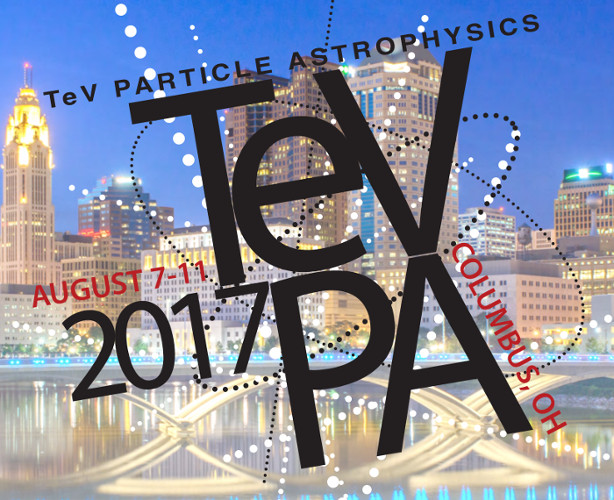Speaker
Description
Supernova remnants (SNRs) are the long lived structures that result from the explosive end of a massive star. The expanding shock-front produced by the supernova explosion heats stellar ejecta and swept-up ISM to X-ray emitting temperatures, and are sites in which populations of relativistic particles can be efficiently accelerated to the knee of the Cosmic-ray spectrum. For SNRs that are born in regions of high density, the interaction between the SNR with this dense molecular material has a profound effect on the morphology and emission properties of these objects. Until recently, most studies have focused on individual sources, however, in this talk I will focus on the importance of systematically studying the properties of these objects. In particular, I will highlight current investigations into the high energy emission of these remnants using X-ray and gamma-ray satellites, and discuss the insights these studies have provided us with in regards to the properties of their progenitor, and their surrounding environment, as well as their ability to accelerate particles.

